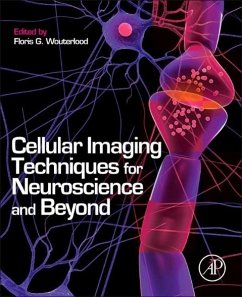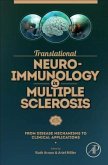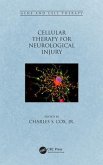The imaging of small cellular components requires powerful instruments, and an entire family of equipment and techniques based on the confocal principle has been developed over the past 30 years. Such methods are commonly used by neuroscience researchers, but the majority of these users do not have a microscopy or a cell biology backgrounds and do can encounter difficulties in obtaining and interpreting results. This volume brings experts in high-resolution optical microscopy applications in neuroscience and cell biology together to document the state of the art. Outlining what is currently possible, the volume also discusses promising developments for the future and aids readers in selecting the most scientifically meaningful approach to solve their questions. Each chapter discusses instrumentation and technology in relationship to application in research. All of the common and cutting edge trends are covered - fluorescence / laser electron / nonlinear microscopy, infrared fluorescence, multiphoton imaging, tomography, FRAP, live imaging, STED, PALM/STORM, etc.
"Wouterlood.introduces the confocal principle which eliminates out-of-focus haze, its components, and relevant equations. International scientists explain the principles and related methods of stimulated emission depletion (SRED), single molecule localization, and coherent anti-Stokes Raman (CARS) microscopy; labeling approaches; preparation of samples for imaging; and applications of, and developments in, this new wave of imaging, e.g., visualization of neuronal networks, DNA, and myelin." --Reference and Research Book News, February 2013








